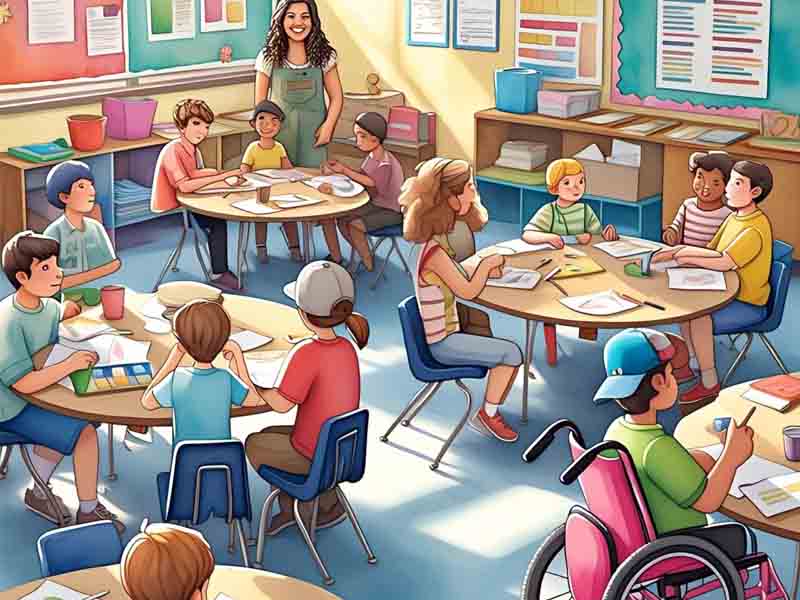
Inclusive Education: Building Fair and Equitable Classrooms
Pitchwars – Inclusive Education is transforming classrooms into environments where every student, regardless of their background or abilities, has equal opportunities to learn and thrive. Modern educational systems are moving beyond traditional teaching methods to accommodate students with diverse learning needs, including those with disabilities, language barriers, or socio-economic challenges.
Educators and policymakers are working together to create flexible curricula and teaching approaches that cater to various learning styles. By integrating assistive technologies, personalized learning plans, and collaborative teaching strategies, schools can ensure that no student is left behind. The goal of Inclusive Education is not just to provide access but to foster a sense of belonging where all students feel valued and supported.
The Role of Teachers and Schools
Teachers play a crucial role in making Inclusive Education successful. They are trained to identify and address different learning needs while fostering a culture of acceptance in the classroom. By employing differentiated instruction and universal design for learning (UDL). Educators can present lessons in multiple formats. Ensuring that every student can grasp the material in a way that suits them best.
“World Autism Awareness Day: Embracing Inclusion”
Schools must also create physical and social environments that support inclusivity. This includes accessible infrastructure, peer mentoring programs, and anti-bullying policies that promote respect and empathy among students. With proper training and resources, teachers and school administrators can make Inclusive Education a reality. Benefiting both students with special needs and their peers by fostering mutual understanding and cooperation.
The Future of Inclusive Education
As societies evolve, so must educational practices. The future of Inclusive Education lies in continuous innovation, policy support, and global collaboration. Governments and institutions must invest in teacher training, inclusive curriculum development, and technological advancements to ensure sustainable progress.
Moreover, awareness campaigns and community involvement play a vital role in breaking down misconceptions about Education. When schools, families, and society work together, they create an educational ecosystem that nurtures every child’s potential. By prioritizing fairness and equity, Inclusive Education paves the way for a more just and compassionate world.